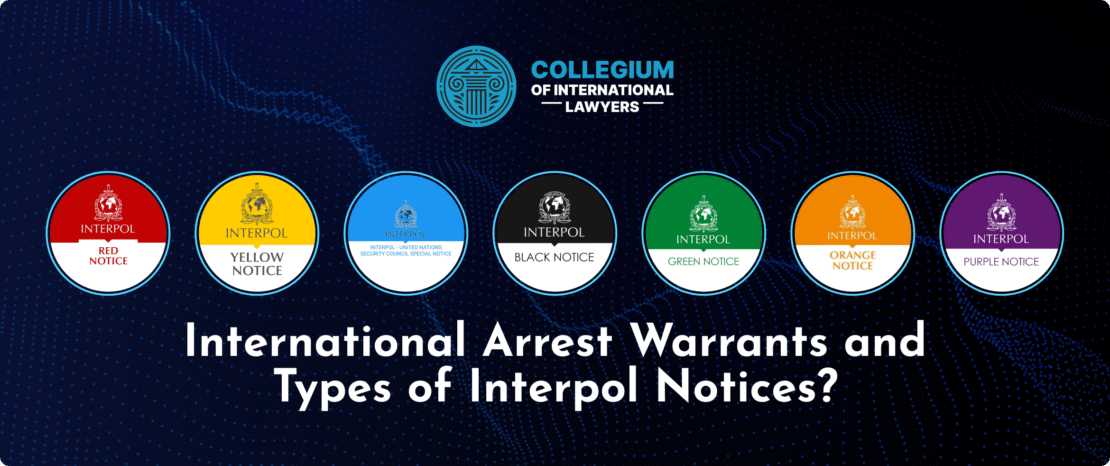Interpol Arrest Statistics A Comparative Analysis by Country

Interpol Arrest Statistics: A Comparative Analysis by Country
The world of international law enforcement is heavily reliant on data and statistics to track crime and understand trends. One of the key players in this arena is Interpol, the International Criminal Police Organization, which provides crucial support to police forces in member countries. Through its various operations and data collection efforts, Interpol generates statistics on arrests made across different nations. For a comprehensive view, you can refer to Interpol arrest statistics by country pre.abduweb.com/crime/list-countries-and-the-number-of-suspects-arrested-by-interpol.html, which lists these numbers in an easy-to-understand format.
Understanding Interpol Arrest Statistics
Interpol’s data on arrests is a vital tool for understanding crime trends globally. The organization collaborates with police forces from over 190 countries, sharing intelligence and facilitating operations that lead to arrests. These statistics help in measuring the effectiveness of law enforcement agencies, understanding the prevalence of various crimes, and improving cross-border cooperation.
Key Factors Influencing Arrest Rates
The statistics on arrests can vary widely by country due to various factors, including:
- Population Size: Larger countries may report higher numbers of arrests simply due to the greater number of people.
- Law Enforcement Resources: Nations with more robust law enforcement infrastructure are likely to have higher arrest rates.
- Types of Crimes: Different countries experience different crime rates, affecting the statistics of arrests for various offenses.
- International Context: Countries involved in international drug trafficking, human trafficking, or organized crime may have specific operational focuses leading to higher arrests.

Comparative Arrest Statistics by Country
As we delve into the arrest statistics, it is essential to analyze them both in isolation and in comparison with other nations. For example:
High Arrest Rates
Certain countries consistently report high numbers of arrests. For instance, the United States often features high on the list, reflecting extensive law enforcement operations and a focus on both domestic and international crime. Similarly, nations in Latin America, such as Brazil and Mexico, report high arrest numbers due to ongoing issues with organized crime.
Moderate to Low Arrest Rates
On the other end of the spectrum, some countries exhibit lower arrest rates. Factors contributing to this can include less crime prevalence, fewer law enforcement resources, or perhaps political stability that reduces the need for arrests. Countries in Europe, particularly those with extensive social welfare systems, often show lower overall arrest statistics compared to regions experiencing higher crime rates.
Implications of Arrest Statistics

The implications of arrest statistics extend beyond mere numbers. They can influence policy decisions, funding allocations for law enforcement, and international relations. For example, if a country reports a significant spike in arrests for drug-related crimes, it may prompt neighboring nations to reassess their own drug policies or enhance security measures at their borders.
Challenges in Data Collection
Despite the value of arrest statistics, there are inherent challenges in collecting and interpreting this data. Issues such as:
- Inconsistency in Definitions: Different countries may define crimes differently, impacting the comparability of arrest statistics.
- Political Influence: Some governments may underreport arrests or selectively publish data to portray a favorable image.
- Data Accessibility: Not all countries have transparent databases, making it difficult to acquire accurate data for comprehensive analysis.
The Role of Technology
With advancements in technology, Interpol has enhanced its capabilities in tracking arrests and crimes. Data analytics, artificial intelligence, and real-time information sharing have modernized the approach to international policing. These advances facilitate quicker response times and more informed decision-making processes for law enforcement officials across borders.
Conclusion
Interpol arrest statistics serve as an essential resource for understanding crime globally and the effectiveness of international cooperation in law enforcement. As nations continue to face complex crime challenges, these data points will play a crucial role in shaping responses and strategies. Ongoing collaboration and data sharing among countries will be vital in addressing the ever-evolving landscape of global crime.
Recognizing the importance of accurate statistical data can lead to more effective policy-making and crime prevention strategies, ultimately contributing to safer communities worldwide.